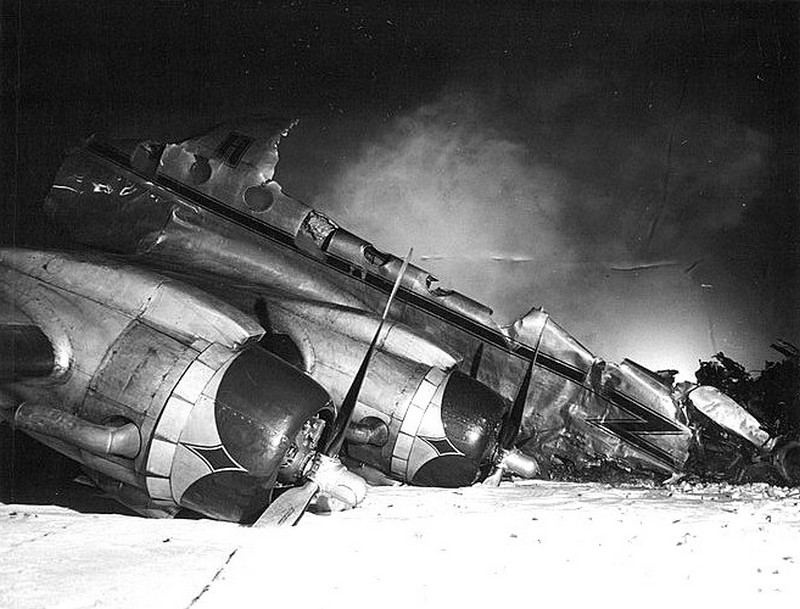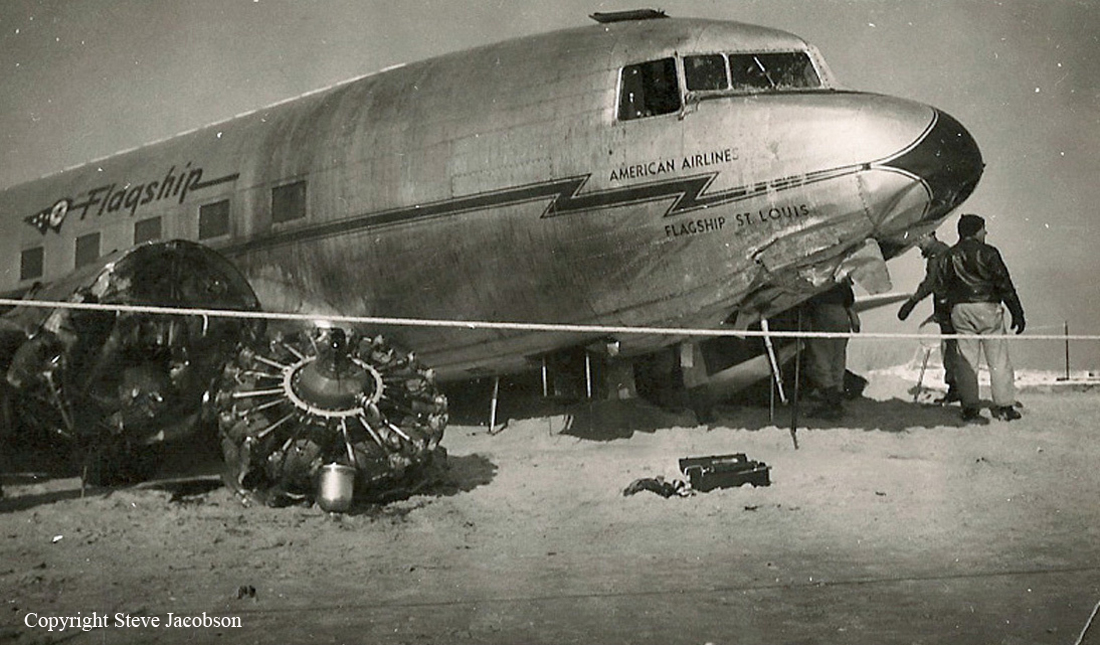Crash of a Douglas C-49-DO near Galax: 18 killed
Date & Time:
Registration:
NC88872
Survivors:
Yes
Schedule:
Detroit – Cleveland – Akron – Winston-Salem
MSN:
3274
YOM:
1941
Flight number:
EA665
Crew on board:
3
Crew fatalities:
Pax on board:
16
Pax fatalities:
Other fatalities:
Total fatalities:
18
Captain / Total hours on type:
1939.00
Copilot / Total hours on type:
326
Aircraft flight hours:
7680
Circumstances:
While cruising at the altitude of 2,500 feet in bad weather conditions, the aircraft hit the slope of a mountain located near Galax. A passenger was seriously injured while 18 other occupants were killed.
Probable cause:
The probable cause of this accident was the action of the pilot in attempting a let-down without having positively determined the position of the aircraft. A contributing factor was the erroneous navigation of the pilot which on at least two occasions led him to believe that he was farther south than he actually was.
Final Report:


















